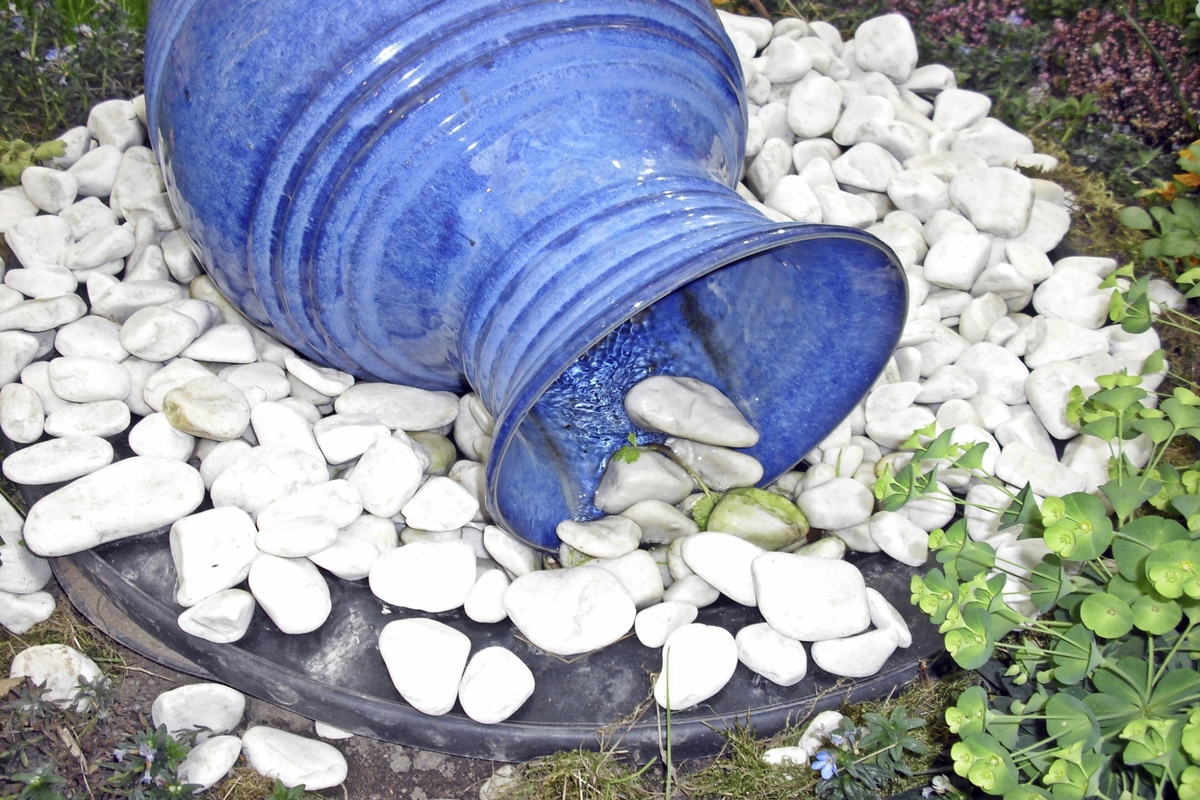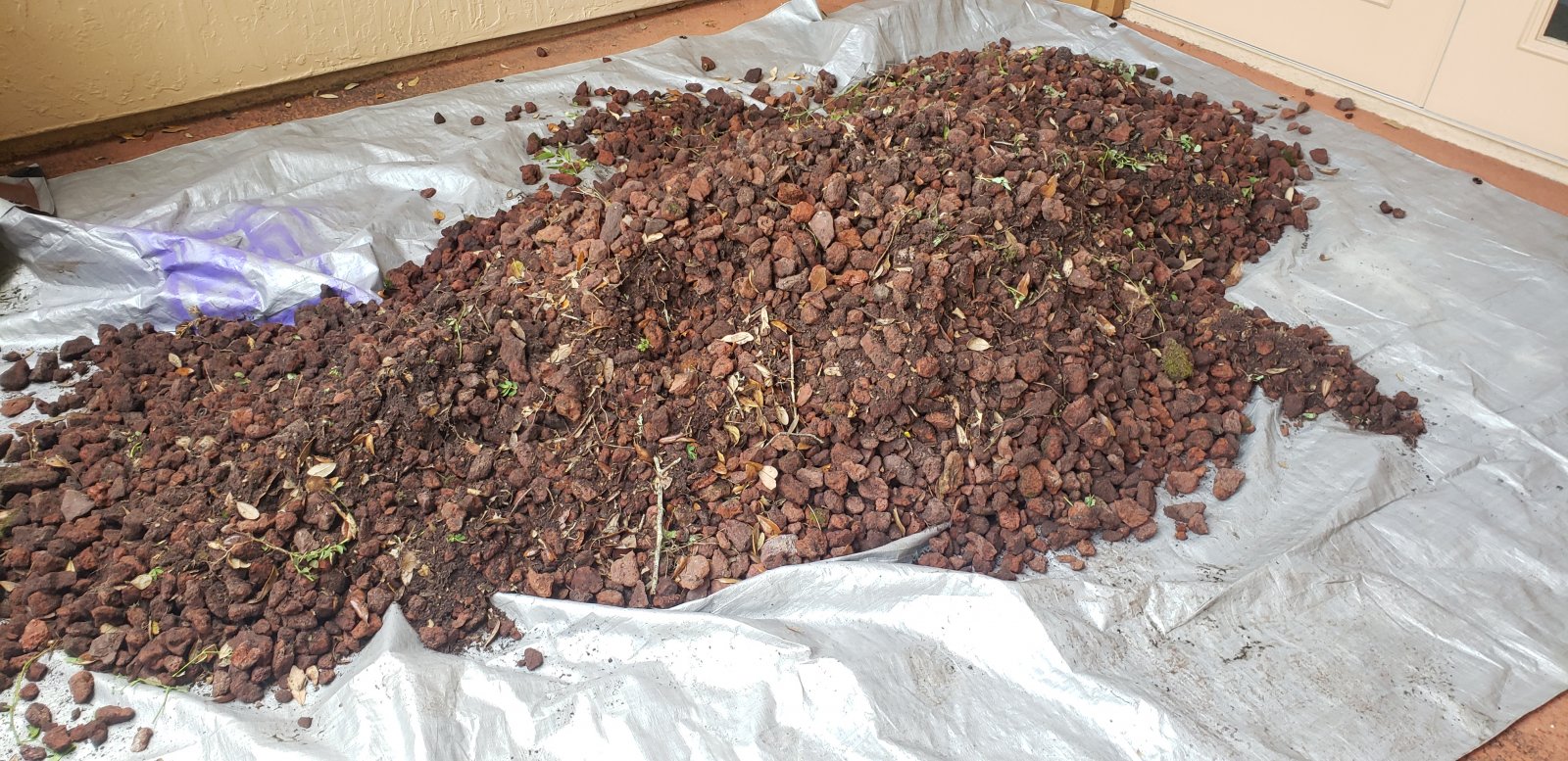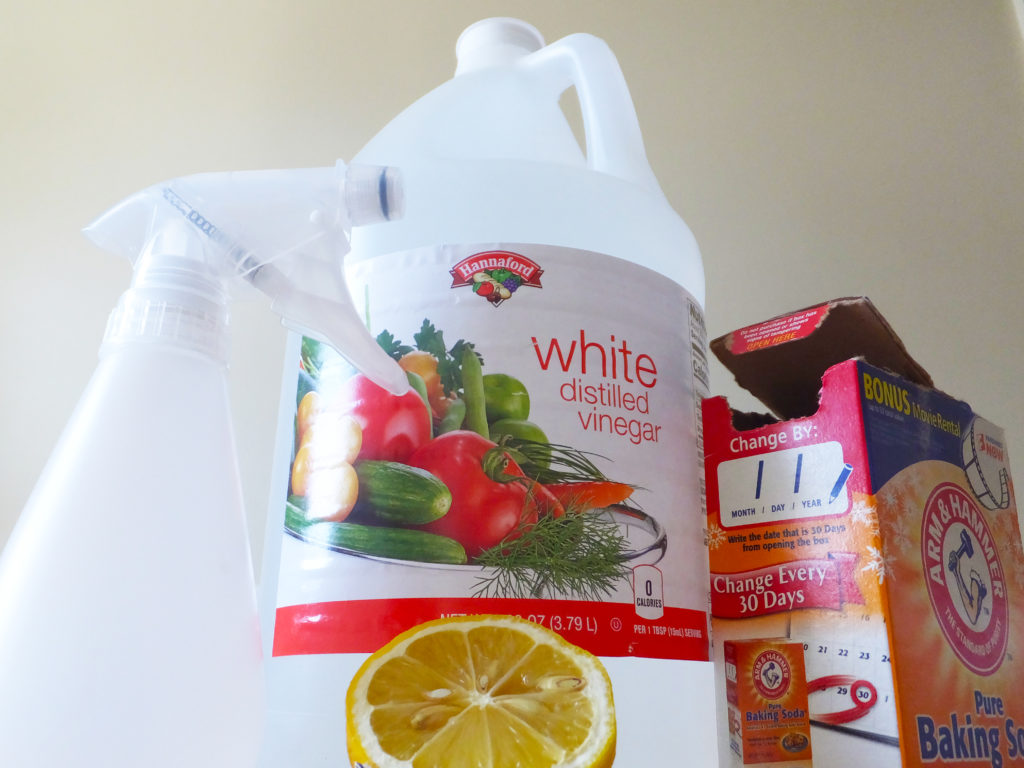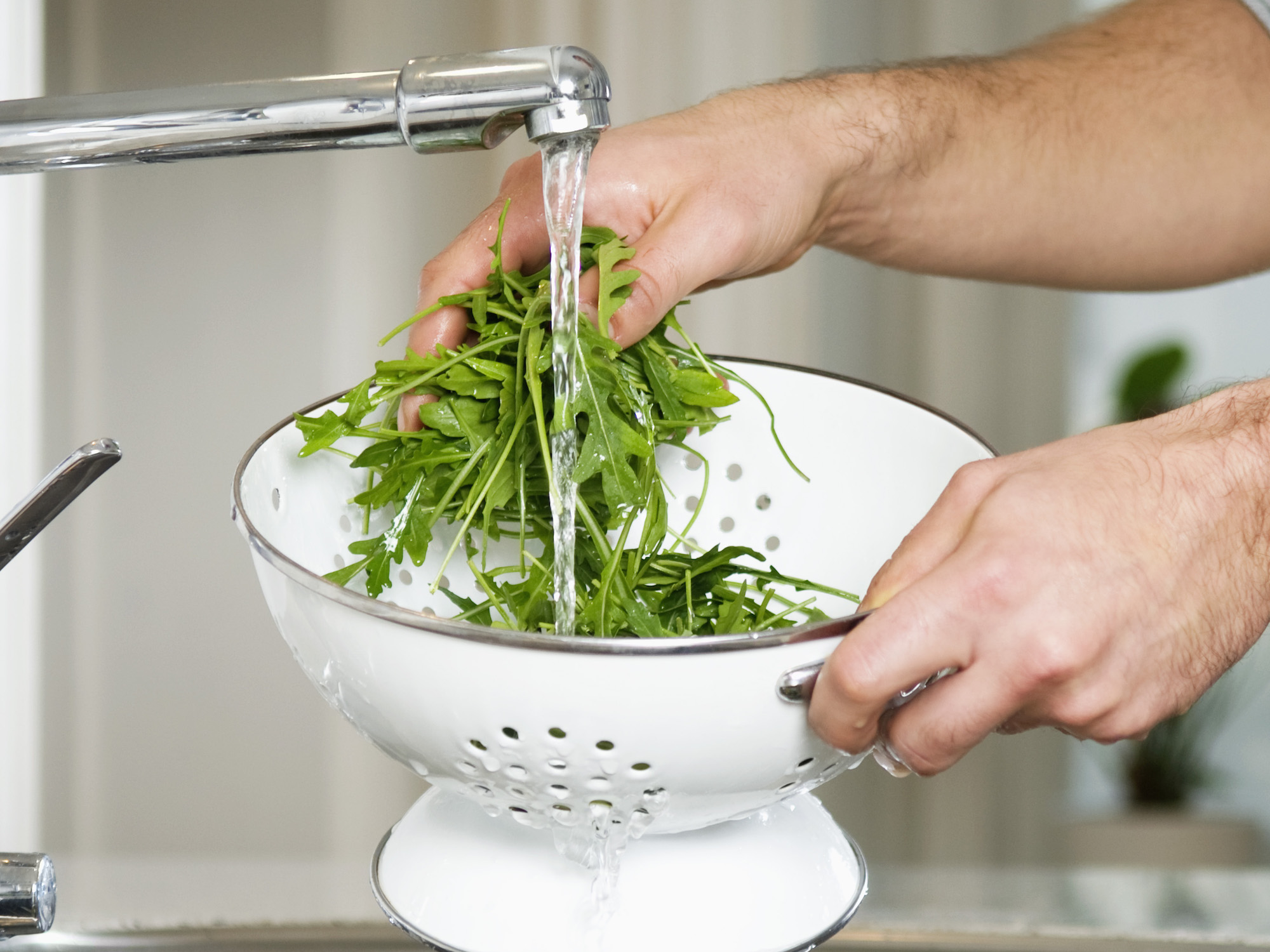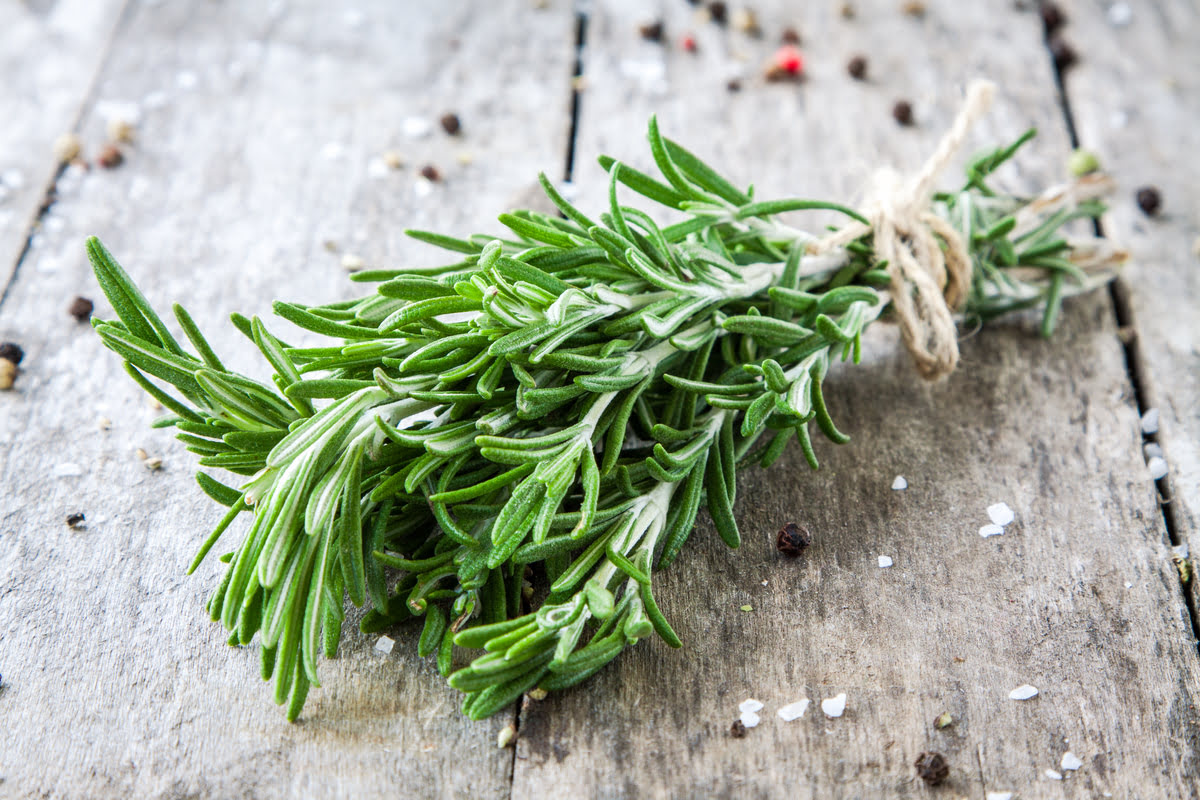Home>Gardening Tips and Tricks>Eco-Friendly Gardening>How To Clean A Compost Toilet
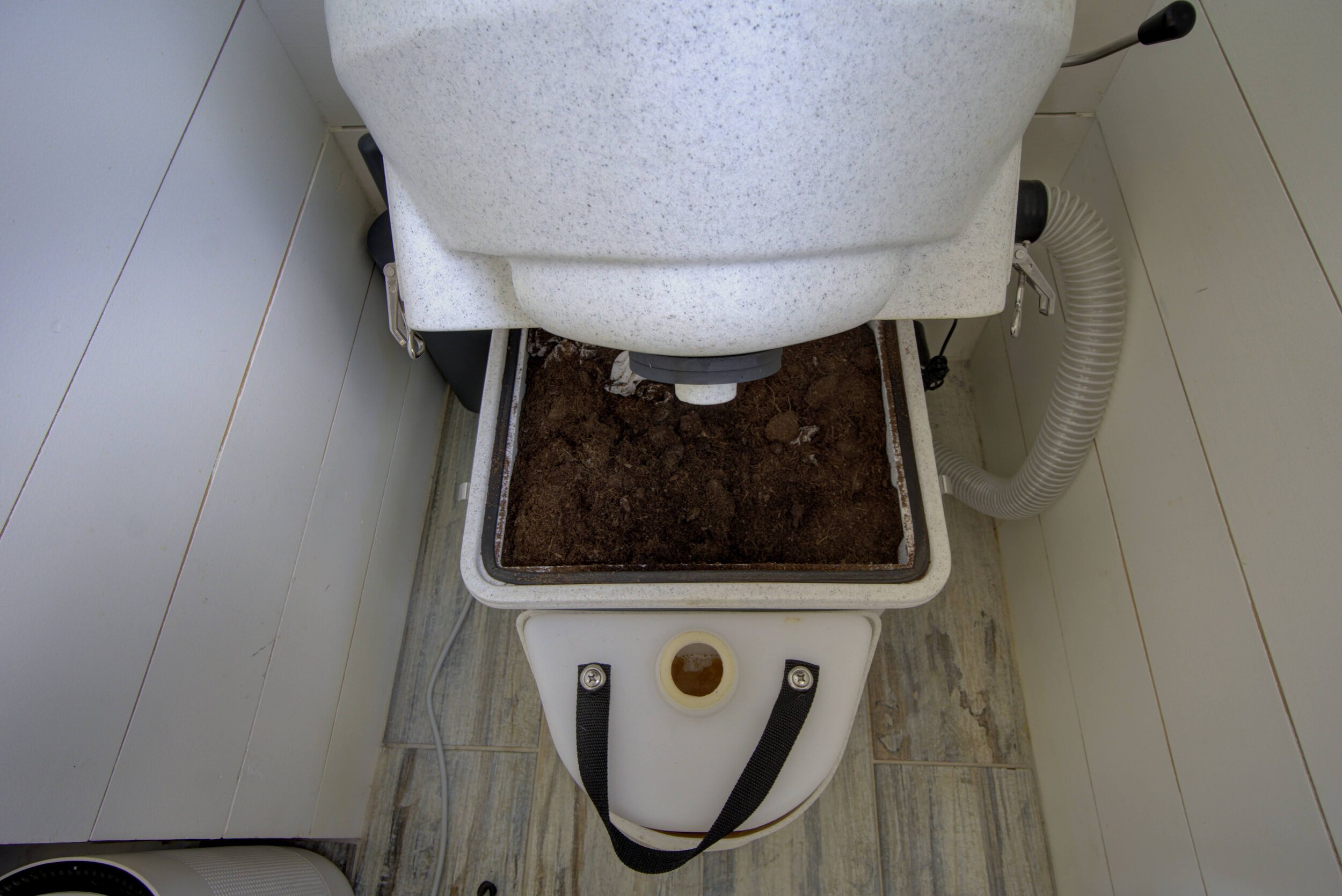

Eco-Friendly Gardening
How To Clean A Compost Toilet
Modified: January 22, 2024
Learn how to clean a compost toilet with our eco-friendly gardening tips. Maintain a sustainable and odor-free system for your garden waste disposal.
(Many of the links in this article redirect to a specific reviewed product. Your purchase of these products through affiliate links helps to generate commission for Chicagolandgardening.com, at no extra cost. Learn more)
Table of Contents
Introduction
Welcome to the world of eco-friendly gardening, where sustainability and nature intertwine to create beautiful landscapes while minimizing harm to the environment. One essential aspect of eco-friendly gardening is adopting practices that promote a greener lifestyle. And one such practice is composting, which not only reduces waste but also nourishes the soil and helps plants thrive.
Compost toilets are a perfect example of sustainable living in action. They are an eco-conscious alternative to traditional flush toilets, as they transform human waste into nutrient-rich compost that can be used to fertilize gardens and flower beds. However, just like any other toilet, compost toilets require regular cleaning and maintenance to ensure they remain hygienic and odor-free.
In this article, we will guide you through the process of cleaning a compost toilet, step by step. We will cover everything you need to know, from emptying the compost container to disinfecting the toilet seat and maintaining the ventilation system. By following these guidelines, you can keep your compost toilet clean and functioning optimally, while also contributing to a healthier planet.
So, let’s get started with the supplies you will need for this cleaning adventure.
Supplies Needed
Before you begin cleaning your compost toilet, gather the following supplies:
- Gloves: Protect your hands from any potential bacteria or odors by wearing a pair of disposable or reusable gloves.
- Bucket: Have a bucket ready to collect the composted material that you will be removing from the toilet.
- Cleaning Solution: Use an eco-friendly cleaning solution, such as vinegar or hydrogen peroxide, to clean the toilet bowl and exterior.
- Scrub Brush: Get a soft-bristle scrub brush or designated toilet brush to scrub away any stains or residue gently.
- Cloths or Paper Towels: Keep some cloths or paper towels handy for wiping surfaces and drying the toilet after cleaning.
- Disinfectant: Choose a natural disinfectant, like tea tree oil or an eco-friendly disinfectant spray, to sanitize the toilet seat and exterior.
- Mask and Goggles (optional): If you’re sensitive to odors or prefer added protection, consider wearing a mask and goggles during the cleaning process.
By having these supplies ready, you’ll have everything you need to efficiently clean and maintain your compost toilet.
Step 1: Emptying the Compost Container
The first step in cleaning your compost toilet is emptying the compost container. Follow these simple steps:
- Put on your gloves to protect your hands.
- Place a bucket or container near the toilet to collect the composted material.
- Open the access panel or lid of the compost container.
- Carefully remove the container and place it in the bucket.
- Seal the bucket tightly to prevent any odors from escaping.
- Take the compost container to an outdoor compost pile or designated composting area.
- Empty the contents onto the compost pile and cover it with a layer of carbon-rich materials like leaves or straw.
- Wash your hands thoroughly after handling the compost material.
By regularly emptying the compost container, you allow for proper composting and prevent any potential odor issues. Remember to always follow local regulations regarding the disposal of composted waste.
Step 2: Cleaning the Toilet Bowl
Now that you have emptied the compost container, it’s time to focus on cleaning the toilet bowl. Follow these steps to ensure a fresh and hygienic toilet:
- Put on your gloves to protect your hands from any bacteria or residues.
- Add an eco-friendly cleaning solution, such as vinegar or hydrogen peroxide, to the toilet bowl.
- Using a soft-bristle scrub brush or designated toilet brush, scrub the inside of the toilet bowl, paying attention to any stains or residue.
- Flush the toilet to rinse away the cleaning solution and debris from the bowl.
- If there are any stubborn stains remaining, apply a paste made of baking soda and water to the affected areas. Let it sit for a few minutes, then scrub with the brush and flush again.
- After cleaning, rinse the toilet bowl with clean water using the flush or a bucket of water.
By regularly cleaning the toilet bowl, you maintain its cleanliness and prevent any buildup that could lead to odors or blockages.
Step 3: Disinfecting the Toilet Seat and Exterior
Now that the toilet bowl is clean, it’s time to focus on disinfecting the toilet seat and exterior. Follow these steps to ensure a sanitised and hygienic compost toilet:
- Put on your gloves to protect your hands from any bacteria or germs.
- Prepare a natural disinfectant solution, such as a mixture of water and tea tree oil, or use an eco-friendly disinfectant spray.
- Dampen a cloth or paper towel with the disinfectant solution.
- Thoroughly wipe down the toilet seat, lid, and any other exterior surfaces.
- Pay extra attention to areas that come into contact with hands, like handles or buttons.
- Allow the disinfectant to sit for a few minutes to effectively kill any lingering bacteria or germs.
- Wipe off the disinfectant using a clean cloth or paper towel.
- Dispose of the used cloth or paper towel in a designated waste bin.
By regularly disinfecting the toilet seat and exterior, you help reduce the spread of germs and ensure a hygienic compost toilet for your use.
Step 4: Maintaining the Ventilation System
The ventilation system plays a crucial role in ensuring an odor-free and well-functioning compost toilet. Follow these steps to maintain the ventilation system:
- Inspect the ventilation pipes and fans for any obstructions or blockages.
- If you notice any debris or buildup, use a brush or vacuum cleaner with a thin attachment to clean out the pipes and fans.
- Check the fan blades to ensure they are clean and free from dust or dirt.
- If needed, gently wipe down the fan blades with a damp cloth or use a small brush to remove any grime.
- Test the ventilation system by turning it on and observing if it is operating properly.
- If the ventilation system is not functioning correctly, check for any loose connections or wiring issues. If necessary, consult a professional for further assistance.
Proper ventilation is essential for maintaining a fresh and odor-free compost toilet, so regular maintenance of the ventilation system is crucial.
Step 5: Reassembling the Compost Toilet
With the cleaning and maintenance tasks completed, it’s time to reassemble the compost toilet. Follow these steps to ensure everything is put back together properly:
- Place the cleaned compost container back into its designated spot in the toilet.
- Make sure it is securely fitted and aligned with the access panel or lid.
- If applicable, reconnect any hoses or pipes that may have been disconnected during the cleaning process.
- Check that all the connections are secure and tight.
- If there are any additional components, such as filters or charcoal, that require replacing, do so at this time.
- Ensure that the toilet lid is securely closed, and any latches or fasteners are properly engaged.
- Turn on the ventilation system to ensure it is operating correctly.
- Finally, give the toilet a quick visual inspection to ensure everything is in place and functioning as intended.
By reassembling the compost toilet properly, you ensure its optimal performance and avoid any potential issues after cleaning.
Conclusion
Cleaning and maintaining a compost toilet is essential for a healthy and hygienic eco-friendly gardening experience. By following the steps outlined in this article, you can keep your compost toilet clean and functioning optimally while minimizing harm to the environment.
Remember to gather the necessary supplies, such as gloves, cleaning solutions, a scrub brush, and disinfectant, before starting the cleaning process. Emptying the compost container regularly ensures proper composting and prevents any potential odor issues.
Cleaning the toilet bowl with eco-friendly solutions and scrubbing away any stains or residue helps maintain its cleanliness and prevents buildup that could lead to odors or blockages. Disinfecting the toilet seat and exterior surfaces using natural disinfectants ensures a sanitised and hygienic compost toilet.
Maintaining the ventilation system is crucial for an odor-free compost toilet. Regularly inspecting and cleaning the ventilation pipes and fans helps maintain proper airflow and prevents any malfunctions.
Finally, reassembling the compost toilet properly ensures its optimal performance. Double-check that all components are securely fitted, and the ventilation system is operating correctly before considering the cleaning process complete.
By incorporating these steps into your cleaning routine, you can enjoy the benefits of an eco-friendly compost toilet, promoting sustainability and reducing waste in your gardening practices.
Clean and fresh, your compost toilet is now ready to continue its role in providing nutrient-rich compost for your garden, nourishing your plants, and contributing to a greener and more sustainable environment.
